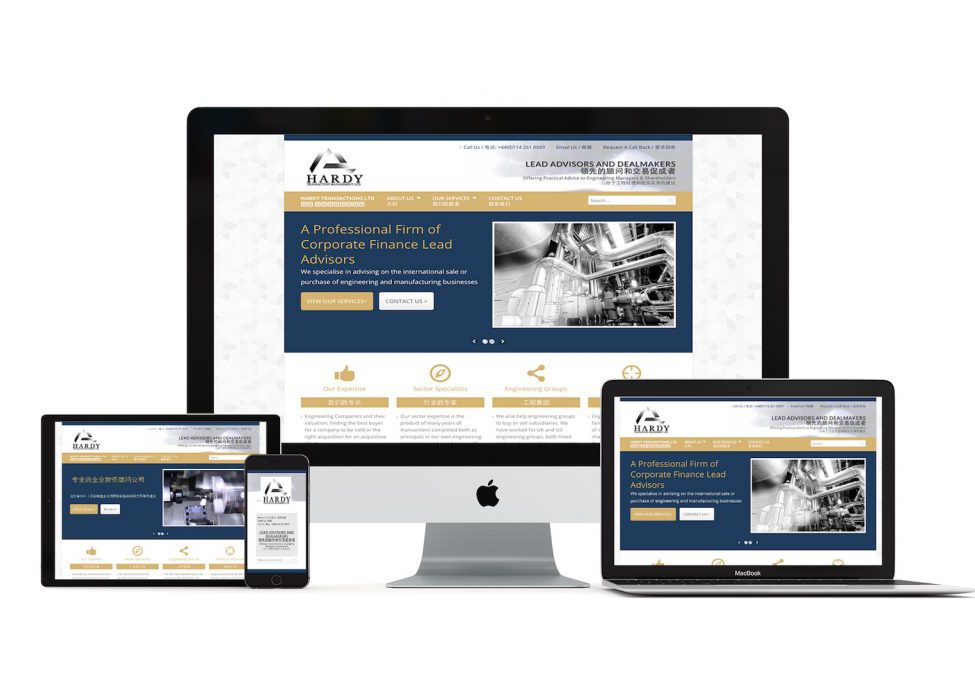Recognizing the Trick Concepts and Best Practices of Modern Website Design to Accomplish Online Success
In the ever-evolving landscape of electronic visibility, comprehending the essential concepts and finest practices of contemporary website design is extremely important for companies going for on the internet success. By prioritizing individual experience through elements such as receptive design, aesthetic power structure, and efficient search engine optimization combination, businesses can develop appealing and available sites. However, the subtleties of these concepts commonly surpass simple visual appeals, impacting conversion rates and target market interaction in extensive ways. The implications of these techniques are significant; discovering them even more can expose approaches that might change an online system into an effective tool for development.

Value of Individual Experience
Although lots of variables contribute to successful web layout, the relevance of customer experience (UX) stands out as an essential component that can significantly affect user interaction and contentment. UX encompasses all elements of a user's communication with a website, from the aesthetic layout to the navigational structure and content availability. A well-crafted UX ensures that users can easily discover the info they look for, thereby reducing stress and enhancing the possibility of return sees.
Reliable internet layout prioritizes use, ensuring that users can browse easily and with ease understand just how to connect with different elements. This includes including clear telephone calls to activity, practically arranged web content, and receptive feedback mechanisms that guide customers through their trip on the site (web design Johannesburg). Furthermore, the emotional facet of UX plays a vital role; a natural and aesthetically appealing style promotes a feeling of trust fund and dependability, encouraging customers to involve more deeply with the content
Inevitably, spending in user experience not only enhances satisfaction however likewise improves conversion rates, as individuals are more probable to complete preferred activities when their experience is smooth and enjoyable. Focusing on UX is crucial for achieving online success in today's competitive landscape.
Responsive Layout Fundamentals
The significance of receptive style hinges on its capacity to develop versatile internet experiences that satisfy a diverse variety of gadgets and screen sizes. This principle guarantees that sites are visually appealing and functionally efficient, no matter of whether they are accessed on a smartphone, desktop, or tablet computer computer.
To attain this versatility, designers employ adaptable grids, liquid pictures, and media queries, which readjust the design based on the customer's device attributes - web design Johannesburg. This methodology not just improves use yet additionally boosts access, making sure that all users can browse and engage with the web content flawlessly

Incorporating responsive style is critical for modern internet growth, as it aligns with individual expectations and enhances engagement. Ultimately, a well-executed responsive design technique causes boosted web traffic, reduced bounce prices, and higher conversion rates, strengthening its duty as a keystone of effective web layout.
Search Engine Optimization and Internet Style Integration
Incorporating search engine optimization with website design is vital for producing a successful on the internet presence, as it ensures that web sites not just draw in visitors yet likewise offer a smooth individual experience. Effective SEO methods begin at the layout stage, where components such as website architecture, link structure, and mobile responsiveness play essential duties in enhancing presence on online search engine.
A well-structured site is critical for both user navigation and search engine crawling. Making use of semantic HTML tags helps look engines comprehend the material pecking order, while detailed Links enhance click-through rates. In addition, enhancing web page load rate via design choices can significantly influence user retention and search positions.
Content must be purposefully put within the here layout to focus on important info, guaranteeing that both users and online search engine can conveniently access relevant material. In addition, incorporating search phrases naturally into headings, picture alt messages, and meta summaries further aligns the style with SEO goals.
Visual Hierarchy and Aesthetic Appeals
Developing a clear aesthetic power structure is crucial for effective web style, as it guides individuals' interest and enhances their overall experience. A well-structured visual pecking order enables users to effortlessly navigate through material, emphasizing crucial information while maintaining an aesthetically pleasing layout. This involves purposefully making use of dimension, comparison, spacing, and shade to develop a clear distinction between numerous components on the web page.
Larger font styles normally suggest headings or vital information, while smaller sized message can represent additional content. Shade can be utilized not only to attract focus however likewise to establish a natural brand name identity. High contrast in between text and history additional aids readability, making sure that users can conveniently discern the details provided.
In addition, using white room is crucial in achieving a well balanced design, allowing components to breathe and decreasing aesthetic clutter. This promotes a smooth reading experience and helps customers concentrate on crucial messages without disturbance. Ultimately, incorporating these principles of aesthetic hierarchy and visual additional info appeals not just improves usability however also strengthens the total brand message, promoting a favorable partnership between the individual and the web site. By doing article source this, clear visual hierarchy ends up being a cornerstone of contemporary internet layout.
Access in Modern Design

Secret concepts include supplying alternative message for images, guaranteeing enough color comparison, and enabling key-board navigation. These methods permit individuals with aesthetic impairments to gain access to web content meaningfully and help with communication for those with mobility difficulties. In addition, employing semantic HTML helps display viewers interpret web structures properly.
Moreover, ease of access advertises far better usability for all users, improving total customer experience and engagement. It can also enhance seo (SEARCH ENGINE OPTIMIZATION), as obtainable websites typically place greater as a result of more clear material structures.
Ultimately, prioritizing ease of access in website design not just satisfies lawful and moral commitments yet additionally widens the target market reach, cultivating inclusivity and enhancing brand reputation. By integrating accessibility into the design process from the start, internet developers can produce a lot more fair electronic atmospheres that equip everybody to take part completely.
Final Thought
In final thought, the principles and ideal methods of modern-day web layout are crucial for accomplishing on-line success. Prioritizing individual experience through receptive style, effective SEO combination, and a distinct aesthetic pecking order enhances involvement and access.
By prioritizing individual experience through aspects such as responsive design, aesthetic hierarchy, and reliable Search engine optimization assimilation, companies can create accessible and appealing sites.Although lots of variables add to effective internet style, the importance of individual experience (UX) stands out as an important aspect that can significantly influence user involvement and complete satisfaction.Reliable web layout prioritizes functionality, ensuring that users can navigate with simplicity and without effort understand just how to connect with various aspects.Developing a clear visual hierarchy is crucial for effective internet layout, as it overviews individuals' focus and boosts their total experience. Focusing on user experience via receptive layout, effective SEO integration, and a distinct aesthetic hierarchy improves interaction and ease of access.
 Ben Savage Then & Now!
Ben Savage Then & Now! Karyn Parsons Then & Now!
Karyn Parsons Then & Now! Dolly Parton Then & Now!
Dolly Parton Then & Now! Megyn Kelly Then & Now!
Megyn Kelly Then & Now! Sarah Michelle Gellar Then & Now!
Sarah Michelle Gellar Then & Now!